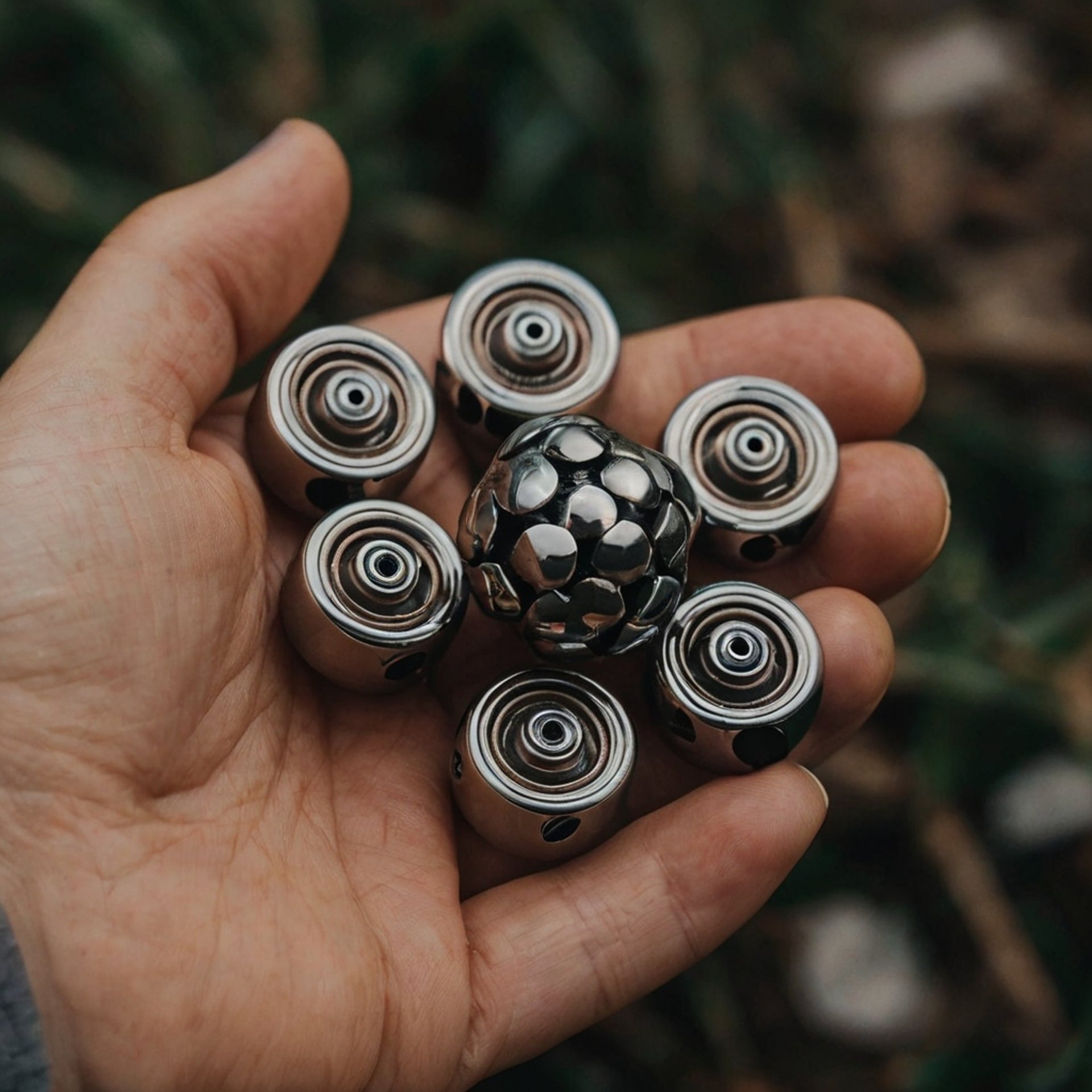
Why Fidgeting Is Good for You: The Surprising Benefits of Fidget Toys
Curious about how fidgeting could actually benefit your mind and body? Why Fidgeting Is Good for You: The Surprising Benefits of Fidget Toys will uncover the hidden advantages of these small yet powerful tools. Discover how fidget cubes, spinners, and stress balls can improve focus, reduce stress, and boost your mental well-being. Ready to be surprised by the science behind fidgeting?
1/8/20256 min read
Fidgeting is often seen as a sign of distraction, but we are going to tell you why fidgeting Is good for you and reveal surprising benefits of fidget toys to prove otherwise. These simple tools, such as fidget cubes and stress balls, help manage attention, reduce anxiety, and improve focus.
Just like the techniques mentioned in our article on mindfulness at work, there are ways in which we can improve our concentration and relieve stress.
Integrating habits which we have thorougly discussed in our work on daily habits to lower stress at work can prove useful in stress relief.
The use of fidget toys is one of the daily habits that offer a nonverbal outlet for stress.
Similar activity is using journaling to cope with workplace stress. Perhaps you think that those two aren't related, but journaling also allows individuals to focus without verbalizing emotions.
Additionally, creating creating mindful meeting practices to minimize stress with the help of fidget toys can improve productivity and reduce stress during group discussions.
In conclusion, fidget toys are more than simple distractions. Their benefits lie in their ability to improve focus and reduce stress, making them valuable tools in everyday life.
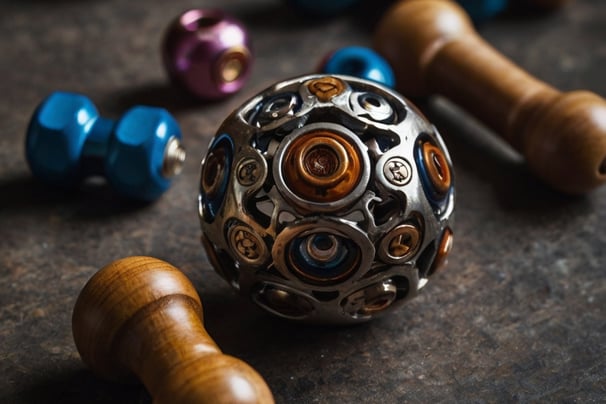

Why Fidgeting Is Good for You: The Surprising Benefits of Fidget Toys
The idea that fidgeting Is good for you has practical applications is backed by a growing body of research. Fidgeting is often an unconscious behavior, a response to stress, boredom, or the need for sensory stimulation. Fidget toys like stress balls, fidget spinners, and cubes provide a controlled way for people to channel their natural need to move. These tools are not simply distractions but have been shown to help users maintain attention, reduce anxiety, and improve overall cognitive performance.
So, what exactly makes fidgeting so beneficial? Let’s break it down with key findings from research studies:
Focus Enhancement: Fidget toys can help individuals concentrate on tasks by providing a non-distracting outlet for their energy.
Stress Reduction: These tools serve as effective stress-relievers, offering calming effects in high-pressure situations.
Self-Regulation: Fidgeting can help individuals achieve a balanced level of arousal, supporting emotional and cognitive self-regulation.
Individual Impact: While not everyone benefits equally from fidget toys, individuals with ADHD, anxiety, or sensory processing issues often experience notable improvements in focus and stress management.
These benefits make fidget toys valuable in various settings, including classrooms, workplaces, and even at home, where people can use them to stay productive, manage stress, and maintain emotional balance.
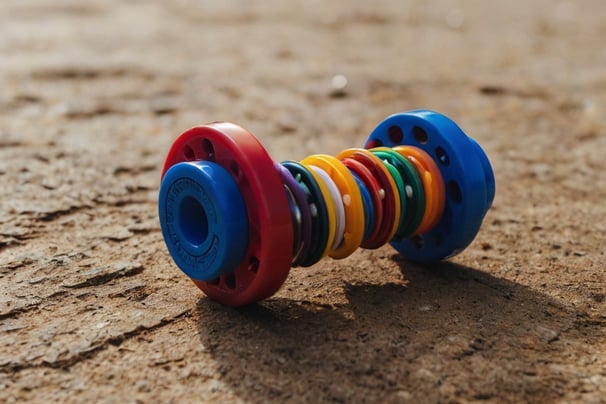

How Fidgeting Enhances Focus
One of the most surprising benefits of fidgeting is its ability to improve focus and concentration.
Although fidgeting has often been labeled as a form of distraction, studies show that it can actually help people stay engaged, especially in situations where sustained attention is required. In research by Croley et al. (2022), the use of fidget cubes in the classroom demonstrated positive effects on students with attention difficulties.
These tools provided a sensory outlet for students, allowing them to channel their excess energy without losing focus on the task at hand.
Fidgeting helps maintain a moderate level of mental engagement by preventing restlessness, which can hinder cognitive performance. Here’s how fidgeting improves focus across different contexts:
In Classrooms: Students, especially those with attention-deficit hyperactivity disorder (ADHD), can benefit significantly from using fidget toys. By giving students a way to occupy their hands, these tools allow them to focus their attention on lessons or assignments without being distracted by their own movements.
At Work: In the professional environment, many individuals find it challenging to stay attentive during long meetings or while completing monotonous tasks. Fidget toys, such as stress balls or spinners, provide a simple yet effective means of boosting focus. Professionals who engage in fidgeting report feeling more mentally sharp and alert, even during lengthy, high-stress projects.
Personal Use: For personal tasks, such as studying, reading, or brainstorming, fidget toys can help individuals focus for longer periods by reducing the urge to become distracted or fidget uncontrollably.
By offering a healthy outlet for physical energy, fidget toys prevent unnecessary distractions, allowing individuals to stay engaged and productive longer.


The Role of Fidgeting in Stress Reduction
Managing stress is an essential part of modern life, especially in environments that require mental effort, such as classrooms, workplaces, or during personal challenges. Fidgeting, in the form of fidget toys, plays a crucial role in stress relief by providing a simple, effective method of calming the mind and body.
Research by Watson (2024) explored the relationship between fidgeting and stress in academic settings, revealing that students who used fidget toys during stressful situations experienced a reduction in anxiety.
The repetitive motion of fidgeting offers a soothing effect that helps regulate emotional responses and reduce nervous energy.
Here’s why fidgeting works so well as a stress-reduction technique:
Repetitive Motion and Relaxation: The tactile stimulation from fidgeting mimics the calming effects of other repetitive behaviors, like tapping fingers or walking. These motions have been shown to reduce stress levels and promote a feeling of relaxation.
Distraction from Stressors: When people are feeling anxious or overwhelmed, focusing on a fidget toy helps shift their attention away from the source of stress. By engaging in simple, repetitive actions, individuals are able to focus on the toy and give their mind a break from stress.
Nervous Habit Replacement: Fidgeting can replace more damaging habits, such as nail-biting or leg shaking, which often arise in stressful situations. The use of fidget toys offers a healthier alternative to these common nervous habits, without the negative physical consequences.
For those who experience high levels of stress, incorporating fidgeting into their daily routine can provide immediate relief and a calming effect.
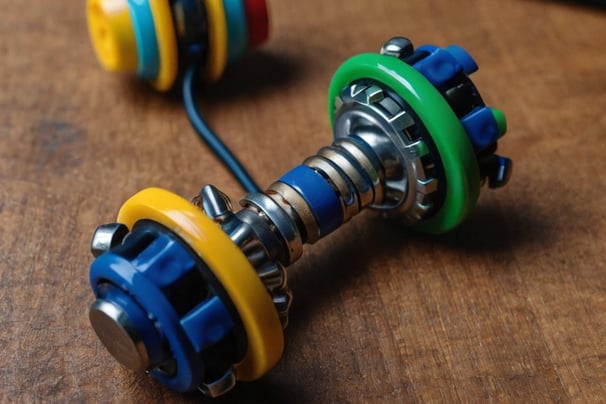

The Science of Self-Regulation Through Fidgeting
Self-regulation—the ability to manage one’s emotional and physical state—is a key aspect of emotional intelligence and overall well-being. Fidgeting has been shown to aid in self-regulation, helping individuals achieve a balanced mental state that promotes both focus and relaxation.
According to Kriescher et al. (2023), fidgeting aligns with sensory processing theory, which suggests that controlled movement can help individuals maintain an optimal state of arousal for better cognitive performance.
Fidgeting through toys provides sensory feedback that can help individuals self-regulate. This is particularly beneficial for people who experience sensory sensitivities or those with neurodevelopmental conditions, such as ADHD. Here’s how fidgeting supports self-regulation:
ADHD and Neurodivergence: For individuals with ADHD, fidgeting provides the necessary sensory input to regulate their hyperactivity and impulsivity. Fidget toys offer a non-disruptive way for individuals with ADHD to stay focused and calm during tasks that might otherwise seem boring or overwhelming.
Sensory Processing Needs: Fidget toys are beneficial for those with sensory processing disorders, as they provide a consistent level of stimulation that helps individuals stay grounded and focused.
General Use: Even people without any particular neurological or sensory issues may find that fidgeting helps them stay calm and maintain a balanced emotional state during stressful or boring activities.
Fidgeting serves as a valuable tool for people looking to regulate their emotions, achieve mental clarity, and stay focused.
Potential Challenges of Fidgeting
While fidgeting can be highly beneficial, it’s important to note that not everyone will experience the same positive outcomes from fidget toys. Research has revealed that fidgeting can sometimes create distractions for others, particularly in shared spaces like classrooms or offices.
For example:
Peer Distractibility: Watson (2024) noted that fidgeting, while helpful for the individual, can sometimes disrupt classmates or colleagues. The visual or audible distraction caused by fidget toys may make it difficult for others to concentrate on their work.
Task Compatibility: Certain tasks, especially those requiring deep focus or precision, may not work well when paired with fidgeting. While light fidgeting can enhance focus during low-stress tasks, it might interfere with cognitive performance in activities that require full concentration.
Overuse: Relying too heavily on fidget toys may prevent individuals from developing other effective strategies for managing attention and stress.
It's crucial to strike a balance when incorporating fidgeting into daily routines. For optimal results, fidgeting should be used in moderation and tailored to specific contexts.
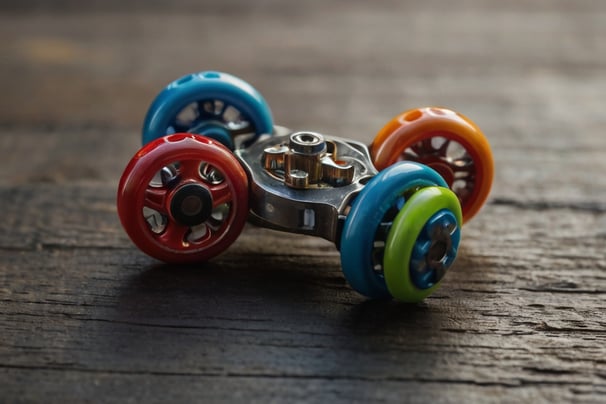

Why Fidget Toys Are a Personal Journey
Fidget toys are not a one-size-fits-all solution, and their benefits vary depending on the individual.
As Kriescher et al. (2020) emphasized, fidgeting is a deeply personal experience, and what works for one person may not work for another. Some people find great relief and focus through fidgeting, while others may feel distracted or overwhelmed by the constant movement.
Tips for Maximizing Benefits of Fidgeting
Experiment with Different Tools: There are many types of fidget toys available, including stress balls, cubes, spinners, and more. Experiment with different options to find the one that works best for you.
Use in Appropriate Contexts: Consider the environment in which you’re using a fidget toy. In a shared space, use quieter toys that won’t disturb others.
Pair with Other Strategies: While fidgeting can be a helpful tool, it’s most effective when combined with other focus or relaxation techniques, such as mindfulness, deep breathing, or structured breaks.
Conclusion: Why Fidgeting Is Good for You
The Answer on the question why fidgeting is good for you is rooted in their ability to enhance focus, reduce stress, and support emotional self-regulation. From classrooms to workplaces, these tools serve as powerful aids for managing the complexities of modern life.
While not a universal solution, the versatility of fidget toys makes them an excellent option for individuals seeking better ways to channel restless energy, improve productivity, and maintain emotional balance. Whether you're tackling a long workday or calming pre-exam nerves, fidgeting offers a surprising and effective path to wellness.
